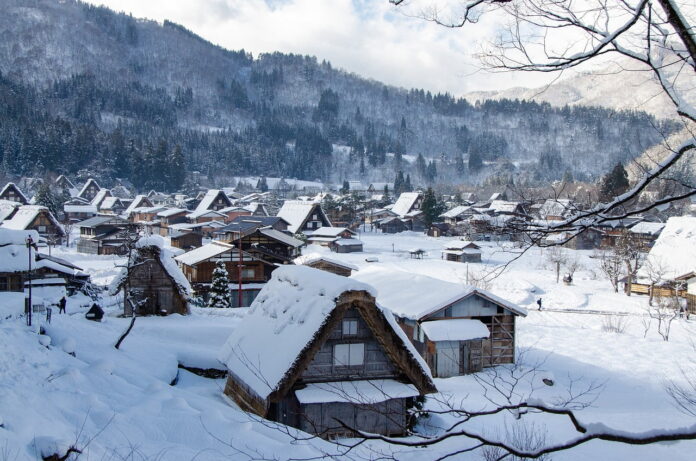As the mercury dips and the frost sets in, the quest for warmth becomes a priority for many households. Traditional heating methods have long provided the necessary respite from the cold, but at a significant environmental cost. The introduction of green heat represents a paradigm shift, offering sustainable strategies to stay warm during the coldest months. This article delves into the world of green heating, exploring its environmental impact, workings, benefits, and the latest innovations that are shaping the future of sustainable warmth.
Understanding the Environmental Impact of Traditional Heating Methods
Traditional heating methods, such as oil, natural gas, and coal-fired systems, have been the backbone of domestic warmth for generations. However, these methods come with a heavy environmental price tag. The combustion of fossil fuels releases a substantial amount of greenhouse gases, contributing to climate change and air pollution.
The Basics of Green Heating: How It Works and Its Benefits
Green heating encompasses a range of technologies that utilize renewable energy sources or improve energy efficiency to provide warmth. These methods significantly reduce carbon emissions and reliance on fossil fuels. Green heating solutions include solar panels, geothermal systems, biomass boilers, and heat pumps. The benefits are manifold: lower energy bills, reduced environmental impact, and increased energy independence. Moreover, green heating contributes to a healthier indoor environment by minimizing the pollutants associated with combustion-based heating.
Insulation Innovations: Keeping the Warmth In Without Wasting Energy
Effective insulation is the cornerstone of green heating. It ensures that the warmth generated by sustainable methods is not lost to the environment. Innovations in insulation materials, such as aerogel, vacuum insulation panels, and phase-change materials, have revolutionized the way homes retain heat. These advanced materials offer superior thermal resistance in thinner profiles, making them ideal for both new builds and retrofitting older properties. Proper insulation can reduce the energy required for heating by up to 50%, according to the Department of Energy.
Solar Heating Solutions: Harnessing the Power of the Sun in Winter
Solar heating solutions capture the sun’s energy to provide heat even during winter. Active solar heating systems use solar collectors, usually mounted on the roof, to absorb solar radiation and transfer the heat to the interior space or a storage system. Passive solar design, on the other hand, relies on the strategic placement of windows and the use of materials that naturally accumulate and distribute solar heat. The International Energy Agency reports that solar heating can cover a significant portion of household heating needs, depending on the region and system design.
Geothermal Heating: Tapping into the Earth’s Natural Warmth
Geothermal heating systems exploit the stable temperatures below the Earth’s surface to heat homes efficiently. By circulating a fluid through underground pipes, these systems absorb the Earth’s natural warmth and bring it to the surface. They can reduce energy consumption by up to 44% compared to air-source heat pumps and up to 72% compared to electric resistance heating.
Biomass Boilers and Stoves: Renewable Energy from Organic Materials
Biomass heating systems use organic materials, such as wood pellets, chips, or logs, to generate heat. These materials are considered renewable as they come from sustainably managed forests where new growth absorbs CO2 from the atmosphere, offsetting emissions from burning. Modern biomass boilers and stoves are highly efficient and can be integrated with existing central heating systems. The Carbon Trust estimates that replacing an electric heating system with a biomass one can reduce carbon emissions by up to 9.5 tonnes annually.
Heat Pumps: Efficiently Transferring Heat from the Ground or Air
Heat pumps are a versatile green heating solution that transfers heat from the ground or air into a building. They operate on the principle of heat exchange, using a small amount of electricity to move heat rather than generate it directly. According to the U.S. Department of Energy, heat pumps can provide equivalent space conditioning at as little as one-quarter of the cost of operating conventional heating systems. Their efficiency and low operational costs make them an attractive option for those looking to reduce their carbon footprint and energy bills.
Smart Thermostats and Home Automation for Energy Conservation
Smart thermostats and home automation systems play a crucial role in energy conservation. These technologies allow homeowners to control heating more precisely, reducing wasted energy. Smart thermostats learn a household’s patterns and adjust heating accordingly, while home automation systems can integrate sensors and timers to optimize energy use. The American Council for an Energy-Efficient Economy (ACEEE) suggests that smart thermostats can save consumers about 8% on heating and cooling costs.
Financial Incentives and Rebates for Adopting Green Heating Technologies
To encourage the adoption of green heating technologies, governments and utility companies often offer financial incentives and rebates. These can significantly lower the initial investment required for green heating systems. Incentives may include tax credits, low-interest loans, or cashback offers.
Future Trends in Green Heat: Innovations on the Horizon for Sustainable Warmth
The future of green heat is bright, with ongoing research and development paving the way for even more efficient and sustainable heating solutions. Innovations such as advanced heat storage systems, hybrid heating technologies combining different renewable sources, and improvements in heat pump performance at lower temperatures are on the horizon. The International Renewable Energy Agency (IRENA) projects that by 2050, renewable energy could account for 50% of global heating needs, transforming the way we stay warm in winter.
In conclusion, green heat represents a sustainable path forward for staying warm during the coldest months. By understanding the environmental impact of traditional heating methods and embracing the benefits of green heating technologies, we can reduce our carbon footprint, conserve energy, and pave the way for a more sustainable future. With continued innovation and supportive policies, green heat will play a crucial role in the global transition to a cleaner, more resilient energy system.
